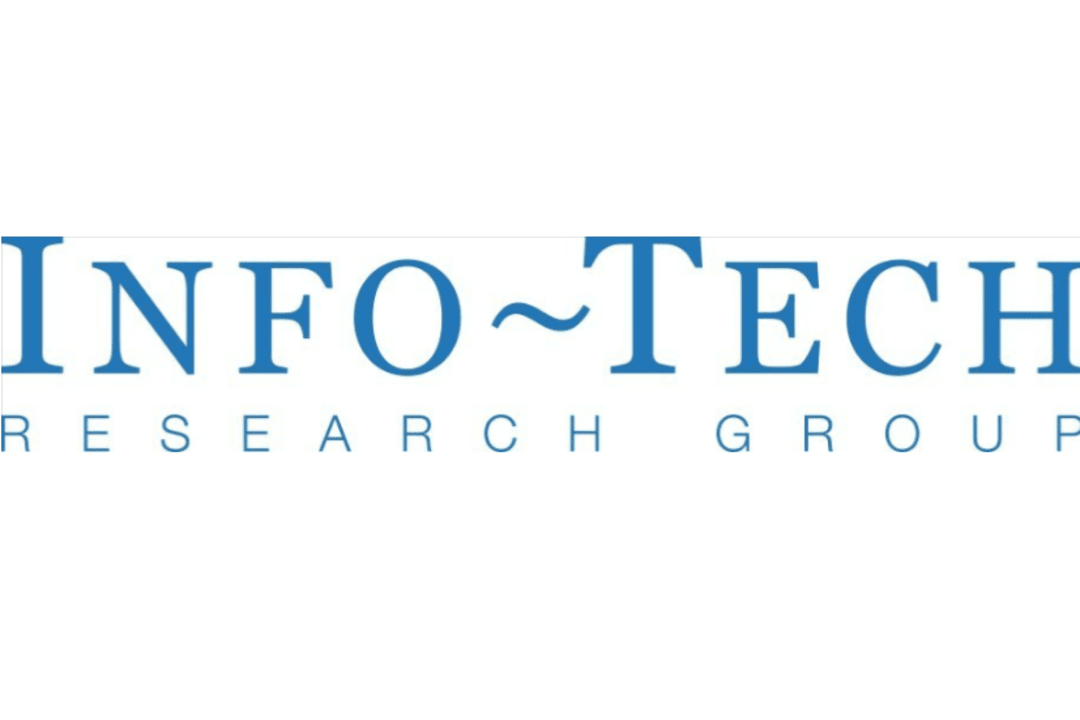The firm recommends a workload-first approach that will allow organizations to take full advantage of the cloud’s strengths.
TORONTO – As organizations continue to move workloads to the cloud, there is uncertainty if everything should go there. With offerings becoming more complex, developing a systematic way to determine what belongs where is becoming increasingly difficult for IT teams. To help IT leaders systematize their approach and make consistent, defensible decisions about cloud services, global IT research, and advisory firm Info-Tech Research Group has published a new blueprint, Define Your Cloud Vision.
The firm’s research explores three key areas for IT leaders and their organizations to consider when migrating workloads to the cloud: external and internal motivations for the move, the true value of the cloud for the organization, and a basic cloud vision and strategy. The blueprint also notes that as various industries normalize the use of cloud services, organizations should not base their decision to migrate solely on external pressures or as a cost-saving measure. Instead, they must define the cloud’s value proposition and create a vision and strategy for its implementation.

“The cloud isn’t magic; it’s not necessarily cheaper, better, or even available for the thing you want it to do,” says Jeremy Roberts, research director at Info-Tech Research Group. “It requires a bit of effort and thoughtful decision-making to develop a systematic and structured approach to using cloud services.”
Info-Tech’s findings indicate that organizations jump to the cloud before defining a vision or a clear plan to realize its benefits. For example, many organizations are already using the cloud, but these decisions were made ad hoc rather than systematically. The lack of a consistent framework to assess workloads’ suitability for the cloud has added to the challenges of creating an effective cloud migration strategy.
The firm’s blueprint suggests organizations base their migration decisions on cloud characteristics and then evaluate their workloads’ suitability for the cloud to select the optimal migration or non-migration path. It is critical to identify potential risks associated with the migration and to develop a roadmap of initiatives for actions by workload and risk mitigation.
After understanding the value of the cloud, the workloads’ general suitability for it, and the proposed risks and mitigations, Info-Tech recommends that organizations define their cloud archetype based on the following categories:
Cloud Focused
- Cloud-Centric: Providing all workloads through cloud delivery.
- Cloud-First: Using the cloud as the default deployment model. For each workload, ask, “why NOT cloud?”
Cloud Opportunistic
- Hybrid: Enabling the ability to transition seamlessly between on-premises and cloud resources for many workloads.
- Integrated: Combining cloud and traditional infrastructure resources, integrating data and applications through APIs or middleware.
- Split: Using the cloud for some workloads and traditional infrastructure resources for others.
Cloud Averse
- Cloud-Light: Using traditional infrastructure resources and limiting the use of the cloud to when it is absolutely necessary.
- Anti-Cloud: Using traditional infrastructure resources and avoiding the cloud wherever possible.
Info-Tech advises that although hybrid clouds are becoming more popular, true hybridity comes with additional cost, administration, and other constraints.
To learn more, download the complete Define Your Cloud Vision blueprint.
For more about Info-Tech Research Group or to download the latest research, visit infotech.com and connect via LinkedIn and Twitter.

